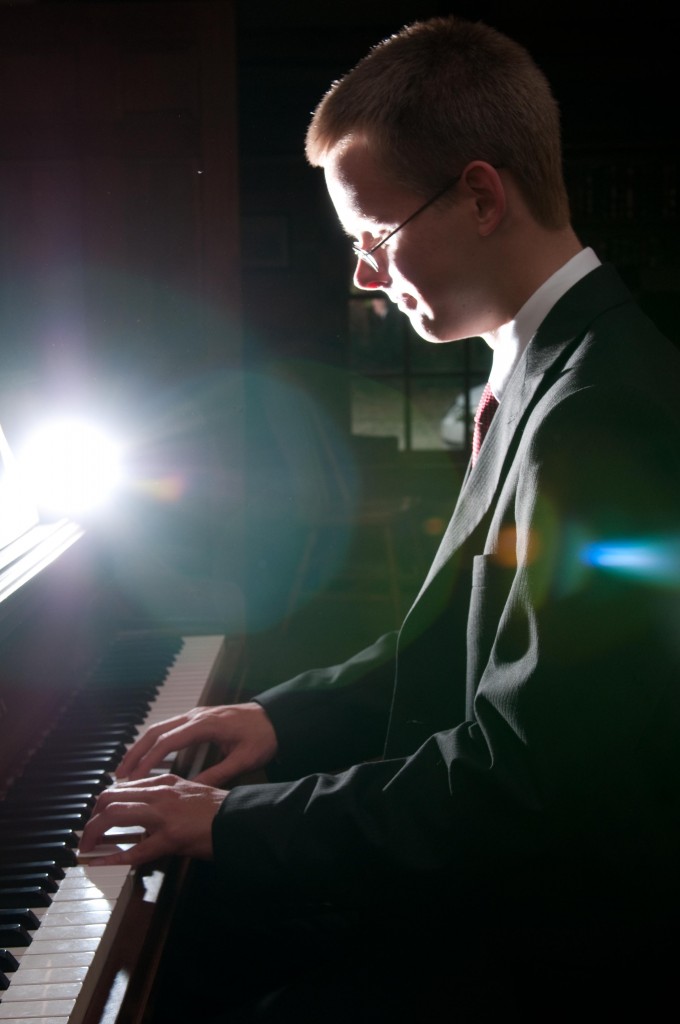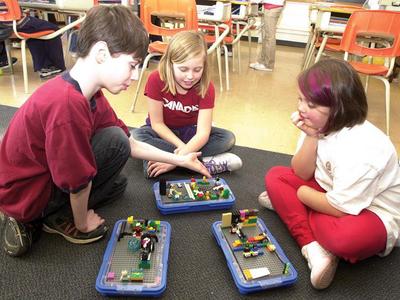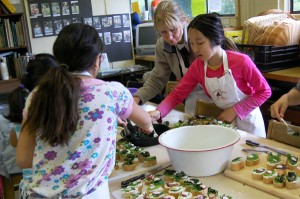I’ve discussed here the type of school subjects that interest right-brained children most, and why. But I haven’t taken the time to discuss a category of subjects that are at the heart of a right-brained person: what I term the creative outlets. These are art/photography, theater/showmanship, cooking/gardening, math/numbers, music/dance, video games/computers, fashion/sewing, puzzles/mazes, or building/electronics.
In school, these are extra-curricular activities, or what they might classify as “specials” or “electives.” You may not even see many of these in school anymore. I know we used to have home economics where cooking and sewing were taught. There was shop class (building) that some of the (mainly) boys took. Often, there may still be art classes, theater classes, and music classes (both band and choral). Today, there are computer labs. It would be rare to find photography or dance, except at a specific magnet art school. If a school brings in a garden, it’s considered innovative. And though we consider math to be a staple in mass institutions of learning, it mostly falls under arithmetic, a very different animal.
Even if we’re lucky enough to see evidences of these “subjects” offered in school, they are separated opportunities to dabble momentarily. For right-brained people, they are drawn to these activities because they need a creative outlet… interspersed in all they do and experience. If right-brained people don’t get to express themselves creatively a good part of their day, they only half live.
From my book, The Right Side of Normal, I write:
For the right-brained learner, deep engagement in one or more of these areas of creative outlet is at the core of development. If these people aren’t creatively engaged, they only half live. And yet, our society currently views these pursuits as extracurricular at best, a waste of time at worst. School budget cuts begin with creative outlets even though they should be the center of early years’ study for these learners.
My most popular post is where I show the natural learning path for right-brained and left-brained children, starting in the 5 to 7 year age range and culminating at high school with full integration for most learners for most subjects. Here’s a recent comment from a reader sharing her ah-ha moment after reading that post:
I’ve always wondered about my remarkable turn-around in school. I was a “terrible” student until midway through the 5th grade, at which point I got my first straight A report card. I thought it was a fluke – I had been so used to the idea of being bad at school that it didn’t seem possible – but I continued to get them through my high school graduation. It was so odd because I never changed the way I approached school, yet these amazing report cards started following me home.
She had reached the Integration Stage of 11 to 13 years old and her ability to “perform” left-brained tasks so prevalent in school kicked in. But, my information is much more than explaining why right-brained children don’t perform well initially in our left-brained schools. I’m here to shout from the rooftops the natural learning path for right-brained children that will have them flourishing right from the start, not having to experience the idea that they had been “terrible” students until integration of brain processes occur.
Understanding and promoting the creative outlets in the earliest learning time frames of 5 to 7 years old is one of the key needs for right-brained children. In my book, I list five inherent benefits the creative outlets naturally cultivate in right-brained children during their important foundational learning stage.
- Creative outlets are naturally formulated to strengthen the universal gifts of the right-brained learner.
- Creative outlets prepare right-brained learners for later left-brained academic tasks.
- Right-brained learners use their creative outlet to make sense of the world around them.
- Right-brained learners process new information by first playing with the ideas through creative outlets.
- Creative outlets often lead to a future career path for right-brained learners.
In my book, I provide examples for each of these benefits. You can certainly see these benefits scattered throughout my post about a right-brained learner’s gift of picture-based thinking. Or in my post about how my children learned differently in the early years rather than how it’s set up in schools. I see theater, drawing, photography, computers, and building. These are a small sampling of how the creative outlets were found as a core everywhere I look throughout my creative children’s learning lives. That’s why it’s crucial that creative outlets are recognized, encouraged, and developed throughout a right-brained learner’s life, including and especially the early years.
Question: What are some examples of the way your children have used their preferred creative outlets to express themselves or to explore another subject?










Pingback: Your Child Might Be Right-Brained If … | The Right Side of Normal
Pingback: Am I Right-Brained Dominant? | The Right Side of Normal
Pingback: The Natural Learning Development for Right-Brained Children | The Right Side of Normal